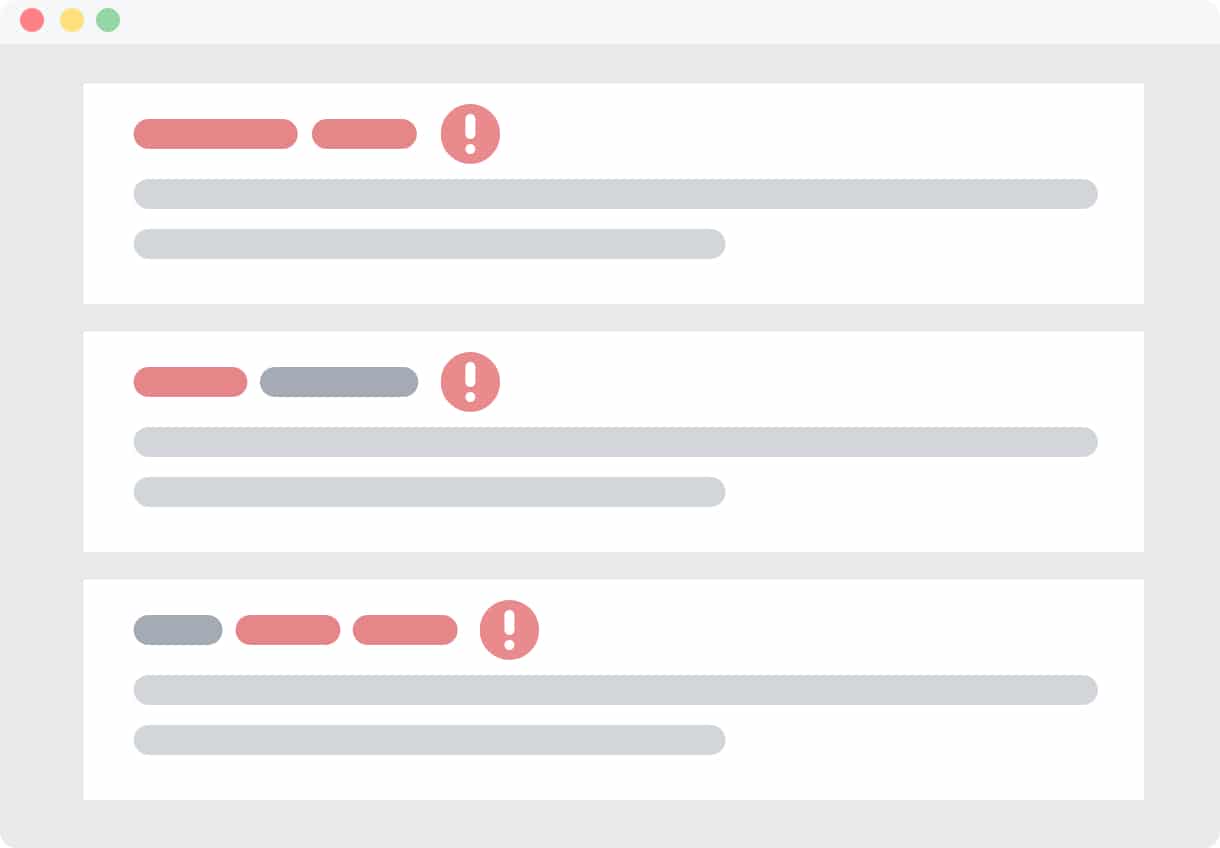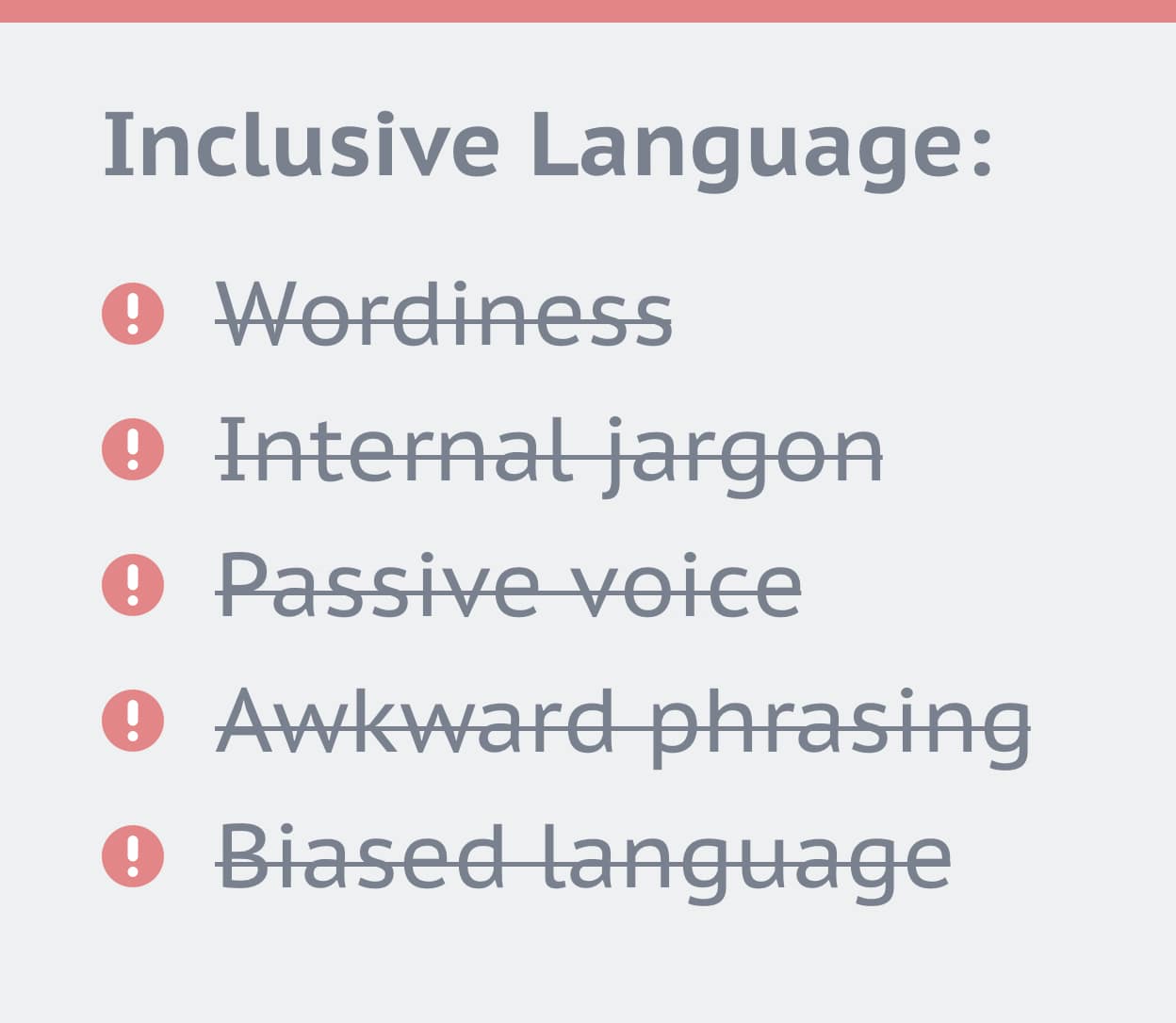Are your job ads attracting too many low-quality applicants to your talent funnel, or are you seeing small candidate pools? To create more qualified and diverse candidate pools, it’s important to look at your job descriptions and how you reach candidates.
Many things can cause small candidate pools, but two elements loom larger than the rest. The first is the content and language in your job description and the signals they send to job seekers. The second is how you put your job description out into the world, or how well you syndicate it.
1. Your job description itself can cause small candidate pools
First, let’s look at the job description itself. If your hiring team is consistently seeing small candidate pools, it could have something to do with the content or language in your job description. Here’s a few things to watch:
Searchable, broad job titles
Titles are huge when it comes to job descriptions. For one, job boards use them as search terms on their platforms (i.e., they serve a technical purpose). For another, job seekers use them to gauge whether they qualify.

Are you using an industry-standard title for your job or something obscure? Sometimes hiring teams will (understandably) try to make the job or company seem better by using a catchy, trendy, or some other -y job title. If your job title is obscure, job seekers may not know what it is, or it may not even show up in job board searches.
Job seekers also use job titles to gauge whether they qualify for a position. If a candidate isn’t sure what your job is, they may not apply. If the title seems above their pay grade, regardless of the requirements, they may not apply (or may not read the requirements at all). And, of course, if they never see your job because it doesn’t show up in job board searches, it’s all a moot point anyway.
Clear, concise content
You’ve no doubt heard a lot about how gendered or otherwise biased language can deter job seekers, but content is actually more important. And it needs to be clear and concise. So, what content goes into a good job description?

While your hiring team may assume perks and a diversity statement go without saying, job seekers want to see them in writing.
As far as requirements go, it’s tempting to list more than you need, but neverending bullet lists can turn job seekers off. It’s also tempting to include soft skills, but job seekers tend to ignore them.
Meanwhile, overinflated requirements for the local talent market or unreasonable groupings of requirements can confuse and deter job seekers. So can overly broad experience ranges and unnecessary degrees or professional certifications. Keep it clear, concise.
Inclusive language

Language that is accessible, clear, and inclusive for job seekers of all backgrounds is vital. (Include everyone and exclude no one.)
Things like wordiness, internal jargon, and “10-dollar” words can confuse and turn off any job seeker. So can passive voice, third-person addresses, salesy pitches, and generally awkward phrasing. Biased language, as you know, can also deter job seekers from historically underrepresented groups.
2. How you syndicate your job can cause small candidate pools
Now that you’ve optimized your job description for the local market and made it welcoming to all candidates, let’s look at how you’re disseminating it. Your job’s reach can depend heavily on how you go about syndicating your job description. Here’s a few things to watch:
Use an ATS

If you’re a small team, you’ll benefit greatly from using an applicant tracking system (ATS). These systems simplify data storage by putting all candidate information in one place. They also speed up the resume review process through automation and enable hiring teams to collaborate throughout the hiring process, among other benefits.
If you’re a small company, it’s tempting to think that technology like an ATS is too expensive. But that’s not true. There are a few less expensive options on the market (check out Workable and SmartRecruiters). Your HRIS may even have a well-priced recruiting module you can add.
Post your job everywhere

This may sound obvious, but it’s important to post your job in as many places as possible to reach as many job seekers as possible. This is one area where an ATS can be a big help because most ATSs on the market enable you to post jobs to multiple job boards directly from the ATS.
Use specialized job boards

It’s also important to tailor your syndication strategy to your specific job. While big job boards like Indeed and LinkedIn tend to dominate the market, niche job boards are a resource for your hiring team as well.
If you’re hiring a remote employee, you might consider using a remote job board like FlexJobs. For a developer, try posting to a developer job board like Stack Overflow. To reach candidates from historically underrepresented groups, try using diversity job boards like Fairygodboss and Pink Jobs. You’ll have better luck reaching your target audience if you post your jobs where they search online.
Avoid the missteps that cause small candidate pools
Small candidate pools can result from a variety of issues in the hiring process. However, the two biggest culprits are content or language issues in your job descriptions and reach issues in your syndication efforts.
If you’re seeing small candidate pools, it’s important to reassess your job descriptions and your approach to outreach. Essentially, getting your job descriptions buttoned up and disseminated as widely as you can will net you more qualified and diverse candidate pools in the end.
